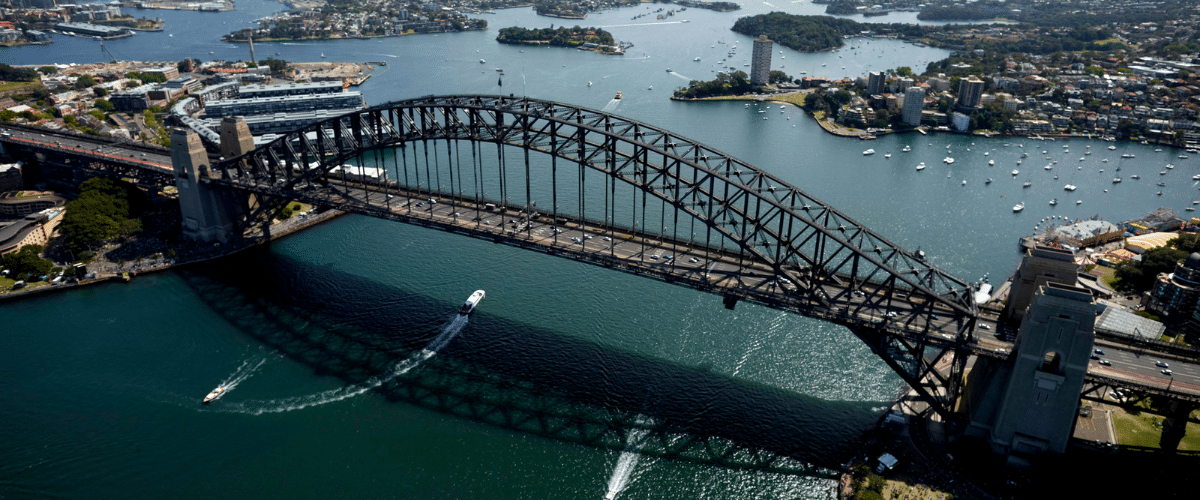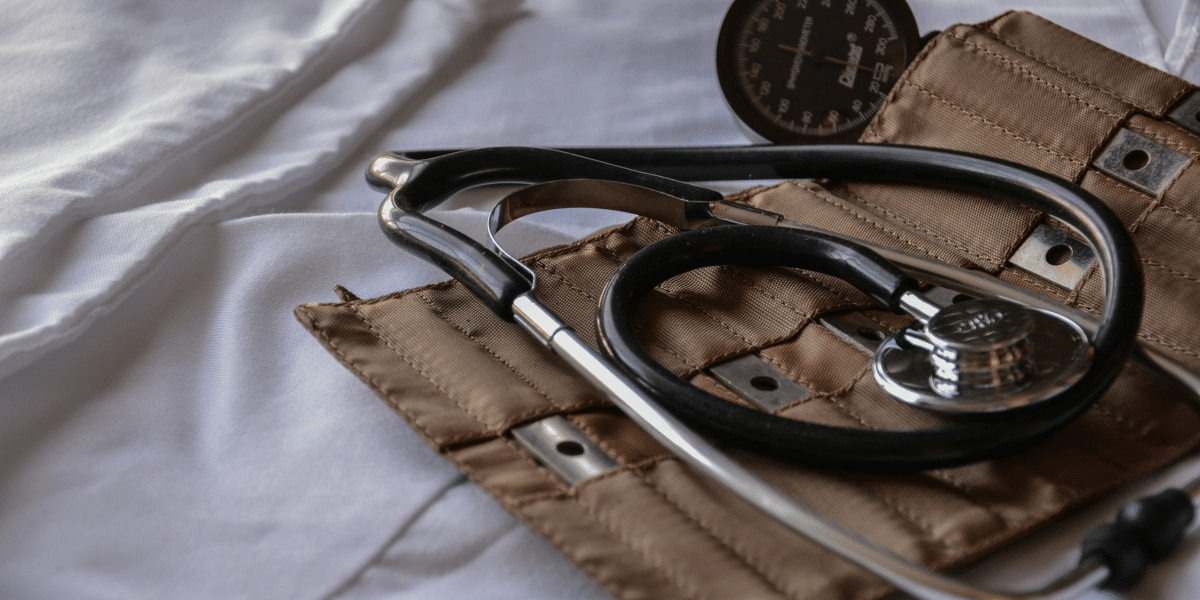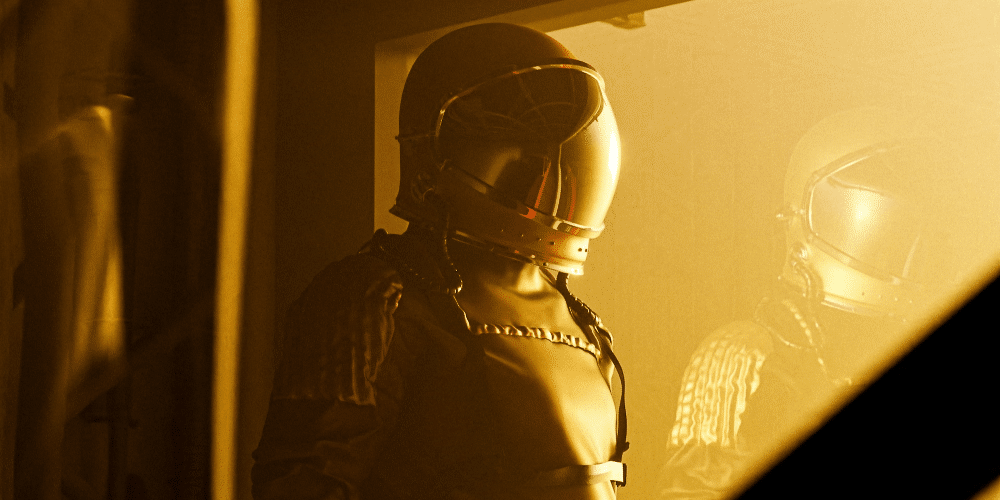When it came to improving the experience of art museum visitors, Frederica Wald, a renowned figure in the world of museum development, had a unique perspective. With a rich background, including a key role at the Metropolitan Museum of Art, Wald emphasized how technological innovations were pivotal in redefining the modern-day museum experience.
Historically, museums were often viewed as static spaces where exhibits remained unchanged for years, and the experience was more about passive observation. However, with the dynamic shifts in society and the rise of “New Museology,” there was a keen interest in improving the museum experience for a broader audience.
A prominent shift was the introduction of technology. Instead of relying on wall labels or traditional guided tours, museums globally had leveraged the power of digital tools to make exhibits more interactive and engaging. For instance, the Metropolitan Museum of Art had introduced an “Audio Program” that allowed visitors to access insights into art pieces in multiple languages with just a few taps on a device. This was just a small slice of the technological wave that swept through museums.
Augmented Reality (AR) and Virtual Reality (VR) had also emerged as museum game-changers. With AR, visitors could use devices to overlay digital content on their real-world view. This could breathe life into ancient artifacts or immerse visitors in historical scenes. On the other hand, VR offered a transportive experience. The possibilities were vast and wondrous, from wandering through ancient civilizations to stepping inside famous paintings.
The Van Gogh immersive exhibit was an exceptional example of the blend of art and technology. Visitors were enveloped by Van Gogh’s masterpieces, with projection technology and immersive audio allowing them to feel as if they were inside the artwork. This fostered a deeper connection with the art and showcased the transformative power of technology.
Additionally, the integration of Artificial Intelligence (AI) was paving the way for smarter museum experiences. AI-powered virtual guides could personalize visits based on individual preferences. It was like having a personal curator guiding you through the exhibits. Moreover, AI’s potential to enhance accessibility, offering translations or even sign language interpretations, ensured that museums catered to everyone, irrespective of their abilities.
Frederica Wald’s advocacy for the marriage of technology and art in museums resonated with the contemporary shift in the sector. As technology advanced, museums stood at the threshold of an exciting era. No longer confined to the physical state, the museum experience extended beyond walls, becoming more interactive, personalized, and undoubtedly more fascinating.
While acknowledging the power of technological innovation, Wald quickly noted that these tools should never have outweighed a museum’s core educational mission and curatorial expertise. Technology should have provided greater access to arts, culture, and heritage. Museums must have ensured interactive exhibits had substance grounded in research and scholarship. Welcoming more diverse audiences should have driven museums to present a more inclusive portrayal of history and the world.
Wald saw tremendous possibility in museums leveraging tech while staying true to principles of education, conservation, and accessibility. When done thoughtfully, museums could inspire the next generation of artists, historians, scientists, and engaged citizens. Technology gave museums many innovative ways to bring the past to life and make arts, culture, and science come alive. The future looked bright if museums embraced these tools to engage and empower visitors.







